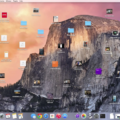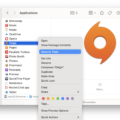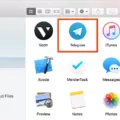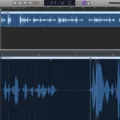Adobe Creative Cloud is a powerful suite of applications for creative professionals. With Creative Cloud, you can access the latest versions of Adobe’s creative apps like Photoshop, Illustrator, and Premiere Pro, as well as other services like cloud storage, fonts, and stock images. It also comes with a variety of features and tools that help you produce higher-quality work with greater efficiency.
But what happens if you need to uninstall Adobe Creative Cloud? The process isn’t always simple and straightforward, particularly if you don’t have access to your account login information. Fortunately, there are ways to uninstall Creative Cloud without logging in.
If you’re using Mac OS X:
1. Open Finder > Applications.
2. Locate Adobe Creative Cloud, click it and you will see Adobe Creative Cloud Uninstaller.
3. Double-click it and enter your password when prompted.
4. Click the Uninstall button in the new window that appears.
5. Follow the onscreen instructions to complete the uninstallation process.
If you’re using Windows:
1. Open Control Panel > Programs > Programs & Features or Add/Remove Programs depending on your version of Windows OS (e.g., XP or Vista).
2. Select Adobe Creative Cloud from the list of programs in this window and click Uninstall/Change at the top of this window to open up the uninstall wizard for Creative Cloud apps installation package program files removal process window below it (the one with two buttons: Repair & Uninstall).
3. Click Uninstall in this new window to start the uninstallation process, then follow any onscreen instructions that appear until it’s finished completely uninstalling all components from your computer system(s).
Overall, uninstalling Adobe Creative Cloud without logging into an account is possible on both Mac and Windows computers; however, there may be additional steps involved such as downloading an uninstaller program or using Control Panel settings depending on which operating system is being used for removal purposes.. As always, be sure to back up any important data before removing software from your computer system(s) just in case anything goes wrong during the uninstallation process!
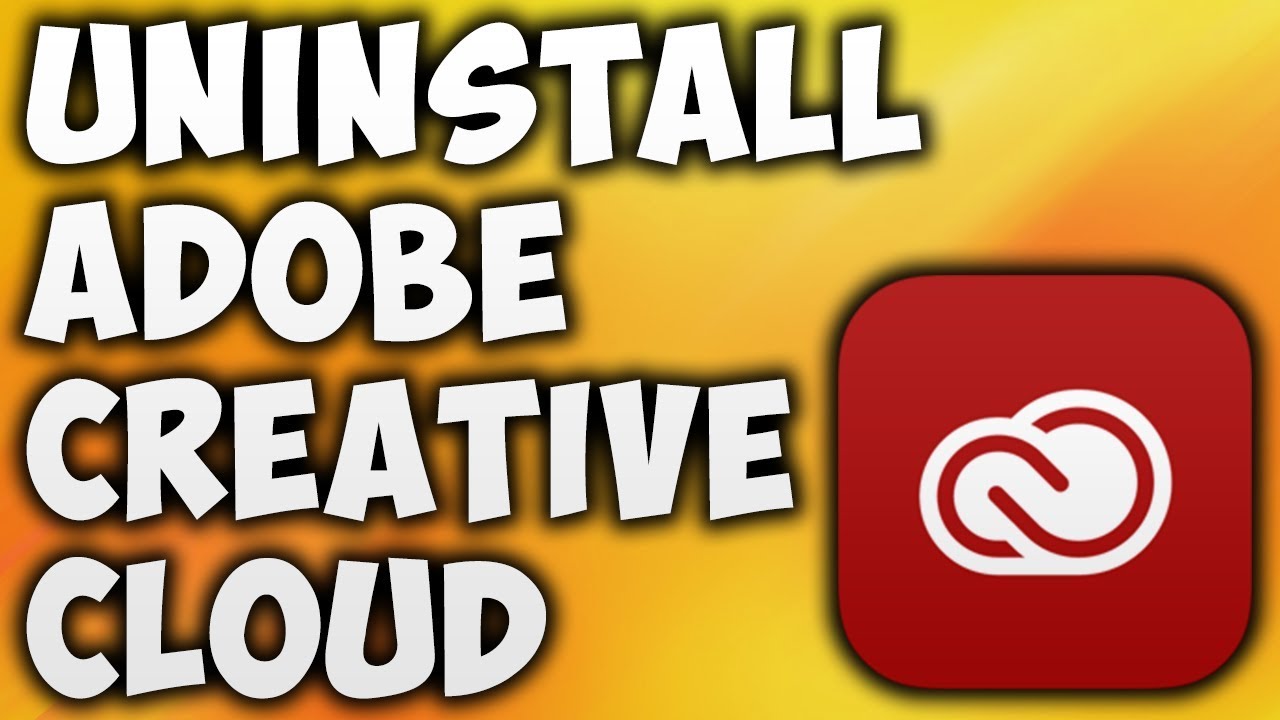
Forcing Adobe Creative Cloud to Uninstall
To force Adobe Creative Cloud to uninstall, you need to first open the Creative Cloud desktop app. On the All Apps page, select the More Actions icon next to the app you want to uninstall. In the drop-down list, select Uninstall. Once selected, a prompt will appear asking if you want to cancel, remove or keep the program. Depending on your preference, select one of these options and then follow any remaining instructions that appear on the screen. Once the process is complete, Adobe Creative Cloud will be uninstalled from your system.
Unable to Uninstall Creative Cloud
If you are unable to uninstall the Creative Cloud desktop app, it is likely because one or more Creative Cloud apps (such as Photoshop, Illustrator, and Premiere Pro) are still installed on your system. Uninstalling any of these apps will not automatically uninstall the Creative Cloud desktop app. In order to uninstall the Creative Cloud desktop app, you must first uninstall all of the Creative Cloud apps from your system. If you have already uninstalled all of the Creative Cloud apps from your system and are still unable to uninstall the Creative Cloud desktop app, please contact Adobe Support for assistance.
Forcing Uninstall of Creative Cloud on Mac
To force uninstall Adobe Creative Cloud on Mac, you need to first open the Finder. From there, go to Applications and locate the Adobe Creative Cloud folder. Double-click it and you will see an Adobe Creative Cloud Uninstaller. Double-click it again, enter your password, and click the Uninstall button in the new window. Finally, follow the onscreen instructions to complete the uninstallation. If you have any issues with this process, contact customer support for further assistance.
Forcing the Uninstallation of a Program That Will Not Uninstall
If you are having difficulty uninstalling something, you can try using the Task Manager to force uninstall it. To open the Task Manager, press the CTRL + SHIFT + ESC keys together. Once the Task Manager is open, select the program or application that you want to uninstall from the list of processes. Finally, try running the uninstall process again. If this doesn’t work, your computer may have malicious software or a virus installed that is preventing the program from being uninstalled. In this case, it is recommended to use a malware removal tool to scan and remove any malicious software from your computer before attempting to uninstall it again.
Forcing an Uninstall
To force an uninstall of a program, you will need to first open the Control Panel. Type ‘Control Panel’ into the taskbar search box and select it from the results. Then select Programs > Programs and Features. From here, press and hold (or right-click) on the program you want to remove and select Uninstall or Uninstall/Change. Finally, follow the on-screen instructions to complete the uninstall process. In some cases, you may be asked to confirm that you want to uninstall a program even though it is currently running. Select ‘Yes’ or ‘Force Uninstall’ to proceed with force uninstalling the program.
Removing Adobe from Windows 10
1. Sign in to the Adobe Creative Cloud Desktop App.
2. Uninstall all Adobe Creative Cloud apps from the Programs and Features window in Windows Control Panel.
3. Uninstall Adobe Creative Cloud Desktop App from the Programs and Features window in Windows Control Panel.
4. Download and run the Adobe Creative Cloud Cleaner Tool, which will help you remove any remaining files or registry entries related to Creative Cloud applications and services on your computer.
5. Remove any bloatware associated with Adobe by using a third-party tool such as CCleaner or AVG PC TuneUp to scan for and remove any leftover programs or files related to Adobe that may have been left behind on your computer.
6. Remove “Adobe GC Invoker Utility” from your computer by uninstalling it through the Programs and Features window in Windows Control Panel; this is an optional step but recommended for the complete removal of all traces of Adobe from your computer.
7. Reboot your computer, then manually delete any remaining folders associated with Adobe (typically located in C:\Program Files\Adobe).
8. Clear out all remaining cookies associated with Adobe from your web browser (e.g., Chrome, Firefox, etc.).
9. Empty the Recycle Bin on your computer so that no traces of deleted files remain on your hard drive related to Adobe products or services you’ve used in the past, if applicable.
Deleting an Adobe Account
To delete your Adobe account, follow these steps:
1. Open the Adobe app on your device and tap your profile icon (or open the app’s settings).
2. Select Account > Delete Adobe Account.
3. Follow the on-screen instructions to confirm your account deletion.
4. You may be prompted to visit the App Store to cancel any active subscriptions you have with Adobe bfore deleting your account.
5. Once you’ve canceled your active subscriptions, you can go ahead and delete your Adobe account under Privacy and Personal Data by scrolling down to Delete Adobe Account.
6. You’ll be asked to confirm that you want to delete your account, so make sure that you’re absolutely certain before doing so!
Unable to Uninstall Creative Cloud on Mac
There can be several reasons why you’re unable to uninstall Creative Cloud on Mac. First, the Creative Cloud application might not be installed correctly, or have become corrupted. Second, the Creative Cloud Uninstaller might be outdated or incompatible with your Mac. Third, some of the components of Creative Cloud may not have been completely uninstalled in a previous attempt to remove them.
To properly uninstall Creative Cloud from your Mac, you’ll need to use the latest version of the Creative Cloud Uninstaller available on helpx.adobe.com. After downloading and extracting the ZIP file, run the Uninstaller and follow any on-screen prompts that appear during the process. This should ensure that all components of Creative Cloud are removed from your Mac properly and completely.
Manually Uninstalling Adobe on Mac
To manually uninstall Adobe applications on a Mac, first open the Applications folder on your hard disk. Then locate and drag the Adobe application folder to the Trash. Next, navigate to the Users/[User]/Library/Preferences folder and drag the preferences folder associated with the application to the Trash. Finally, empty the Trash to complete the process.
Unable to Uninstall Apps on Mac
Your Mac won’t let you uninstall an app for two main reasons. First, the app might be open and running in the background, which means you need to close it before you can delete it. Second, some apps come with components that are necessary for the general functioning of your Mac, so uninstalling them would cause your Mac to become unstable. To uninstall an app, make sure it is closed and then drag it from your Applications folder into the Trash bin.
Conclusion
In conclusion, Creative Cloud is a powerful suite of creative tools from Adobe that can help you create amazing visuals and experiences. It offers a variety of apps for different needs, including Photoshop, Illustrator, Premiere Pro, Lightroom, and many more. Creative Cloud also provides access to millions of fonts, templates, and stock assets to help you get the most out of your work. With its easy-to-use interface and subscription-based pricing model, Creative Cloud makes it easy to access the latest features and updates without having to purchase new software licenses. Whether you’re a beginner or an experienced professional, Creative Cloud provides the tools and resources you need to bring your ideas to life.


